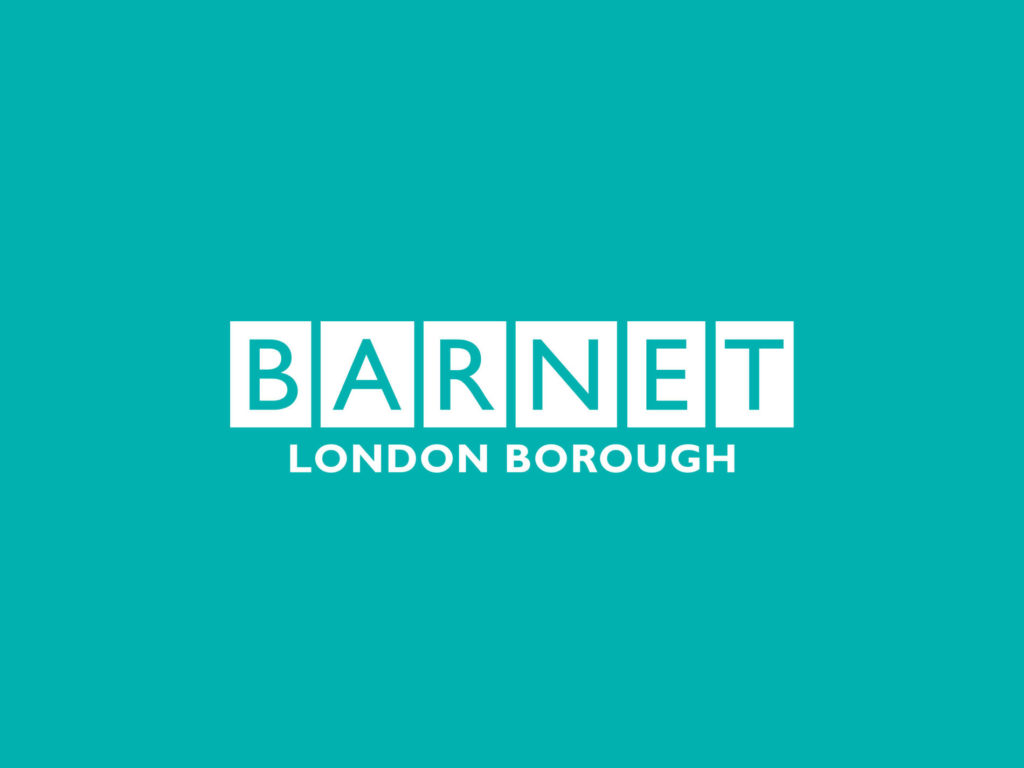Barnet Council is the most populous London borough, with a population in 2017 of 391,000, which is expected to increase by 2041 to 466,000. Compounding this, in Barnet home ownership has fallen over the last ten years, with more people renting due to rising prices and reduced supply, while the monthly cost of rent increased by 25% between 2011 and 2017. These factors have conspired, along with relatively high levels of benefit receipt, to mean a larger impact of welfare reform than in other areas of the UK.
In April 2018 the Homelessness Reduction Act (HRA) came into force across England. A key change was the focus on prevention which required Local Authorities to overhaul their processes to be compliant with their revised level of duty. The London Borough of Barnet responded quickly and with their partner organisation, Barnet Homes, have implemented strategies to reduce levels of homelessness in their borough, resulting in homelessness applications and acceptances falling by one-third.
Barnet Homes is responsible for the delivery of the council’s statutory homelessness service, including the provision of temporary accommodation, and manages approximately 15,000 properties across the borough. In early 2018 they implemented MRI Homelessness Reduction, to streamline their processes and ensure compliance with the HRA. Sonia de la Orden, Data Integrity Project Manager at Barnet Homes explains:
“With the introduction of the HRA, local authorities have been under pressure to understand and deliver assessments under the new legislation. Luckily the introduction of MRI Homelessness Reduction did not add more complexity to the existing learning need. MRI’s approach to each stage has been honest, supportive, knowledgeable and accommodating.”
Due to the success of MRI Homelessness Reduction, in the summer of 2019, Barnet decided to replace their existing housing register with MRI Allocations, as it meant officers and applicants would only need to use one simple-to-use solution.
Barnet’s experience implementing each of these solutions has been positive. Sonia tells us:
“All the MRI Housing Options solutions are easy to use and very intuitive. MRI Homelessness Reduction has a simple design despite the complexities of the HRA and they were adaptable to our existing processes and procedures. As such, new users learn to use the system very quickly. MRI Allocations has been configured to our requirements, therefore users had to only make a few adjustments to the data that was previously gathered with the benefit of reporting in full.”
The new HCLIC requirements that came into force along with the HRA had the potential to dramatically impact officer time, as well as the management budget; in fact, Sonia tells us that Barnet “would have needed a team of officers to meet HCLIC reporting requirements if we hadn’t implemented MRI Homelessness Reduction”.
Key to Barnet’s decision to implement an HRA solution was the quality of HCLIC validation tools within that system. Sonia explains Barnet’s decision-making process when selecting a system for their homelessness cases:
“Barnet Homes has over 5,300 homelessness cases including 2,500 legacy cases. We were considering various options to manage homelessness cases, but none were satisfactory in respect of reporting HCLIC. MRI Homelessness Reduction was the perfect solution to have all homeless cases integrated into the same system.”
Sonia goes on to say, “MRI Homelessness Reduction has been a fantastic solution for helping us manage a high number of homeless applications and reporting through HCLIC.”
Over 120 users now have access to the MRI Housing Options suite, which has been fully embedded into Barnet’s practices.
With a high volume of homeless applications, the allocation of properties in line with a customer’s housing needs is vital to safeguarding against recurring homelessness. MRI Allocations enables local authorities and registered providers to manage applications and match properties with a customer’s housing needs. Using MRI Allocations has fundamentally shifted the way that Barnet works in allocating homes. Sonia explains:
“Barnet Homes was manually allocating social housing units until we started using Allocations. We are in the process of fully customising and utilising both modules. So far, Allocations has facilitated the allocation process and has enabled Barnet Homes to capture far more data on customers’ needs than we had previously been able to.”
All MRI Housing Options solutions sit on the same platform, meaning that Barnet can ensure a fully joined-up process to customer applications; each customer’s application, whether current or closed, is located under the same customer profile. For Sonia, “this enables easy reporting and easy access to all modules in the platform.” It means that housing officers have everything available to them in one place, as the customer’s data is shared between modules, ensuring that all details are recorded as they make their way through various stages and services.
Implementation of MRI Housing Options has enabled Barnet to focus on the task at hand; managing homelessness amongst residents of their borough and allocating the right properties to the right people. Sonia tells us:
“I would strongly recommend MRI Housing Options. The solution meets legal requirements, can be set up and implemented within a short period of time and even allows us to tailor the configuration. Working with the MRI support team is a delight; they are always happy to help and respond promptly to queries.”
Sonia further explains: “MRI Homelessness Reduction is good value for money, easy to use, has comprehensive reporting without advanced IT knowledge, a powerful HCLIC validation tool and you can see data at a glance in dashboards. You have the support of an efficient and friendly project team with a dedicated implementation expert … the list goes on and on.”
